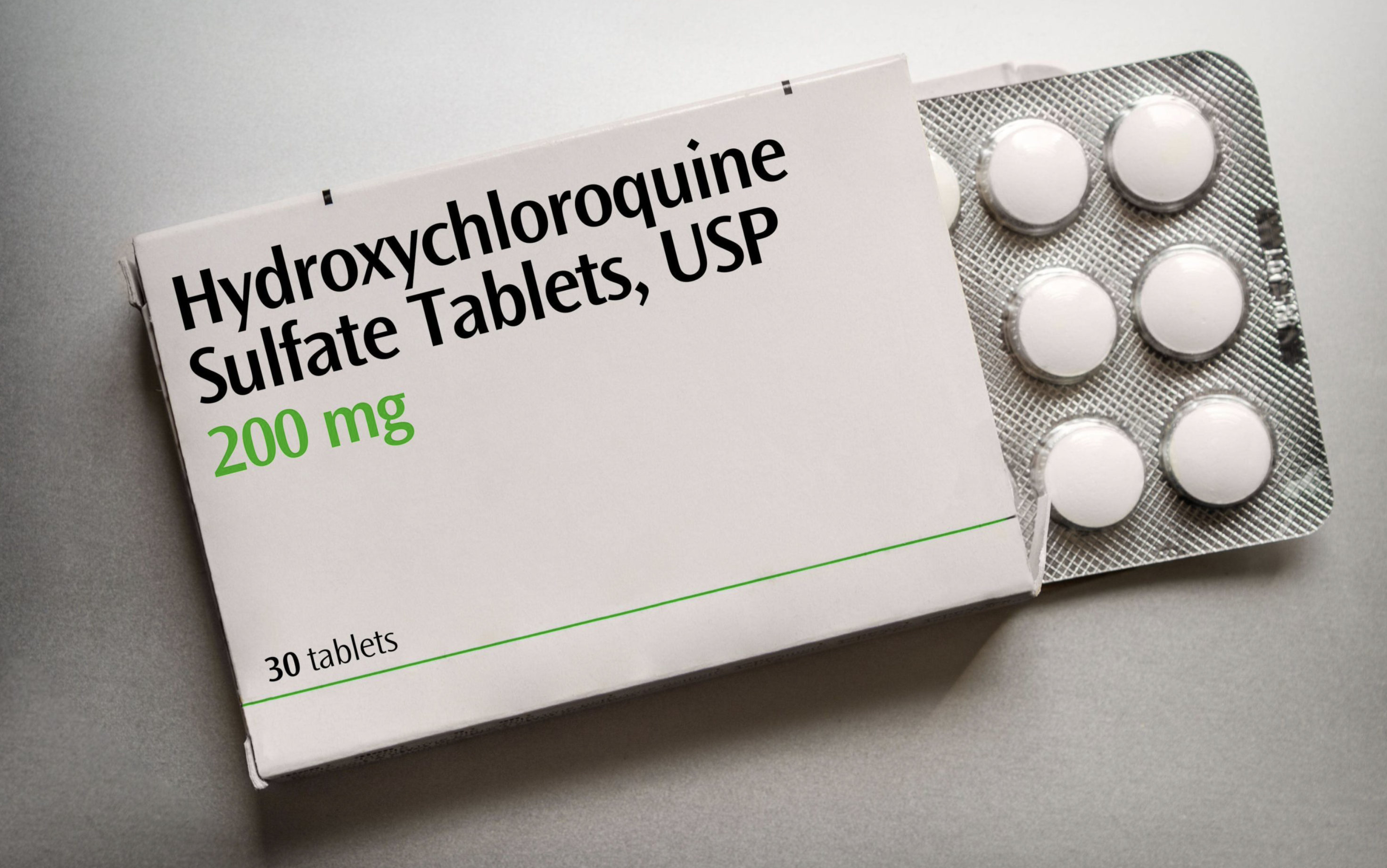Many people have sourced Hydroxychloroquine internationally, so what's in it and is it really safe? There are many factors to consider when taking the drug and we provide a list of the pro's and con's. So lets look at the ingredients and their classification pertaining to safety.
Ingredients.
• Lactose monohydrate
While lactose monohydrate is considered safe for most people, consuming it in excess may cause gas, bloating, and other issues for those with lactose intolerance.
• Maize starch
Cornstarch is high in calories and carbs but low in essential nutrients. It may also increase blood sugar levels and harm heart health.
• Magnesium stearate
The FDA has approved magnesium stearate as a safe product and allows its use as an additive in foods and supplements. The National Center for Biotechnology Information (NCBI) also says it is safe for use in small quantities. It recommends fewer than 2,500 milligrams (mg) per kilogram daily.
• Polyvidone
Povidone-iodine has been safely administered for up to 5 months in the nasal cavity and 6 months in the oral cavity. Concentrations less than 2.5% in vitro do not reduce ciliary beat frequency or cause pathological changes in ciliated nasal epithelium, upper respiratory, or mucosal cells. Adverse events with oral use have not been reported in conscious adults or children. Allergy and contact sensitivity is rare.
• Opadry OY-L-28900 (containing hypromellose, macrogol 4000, titanium dioxide (E171), lactose)
“Taking into account all available scientific studies and data, the panel [on Food Additives and Flavourings] concluded that titanium dioxide can no longer be considered safe as a food additive,”
So what does the manufacturer say about Hydroxychloroquine and is it right for you?


